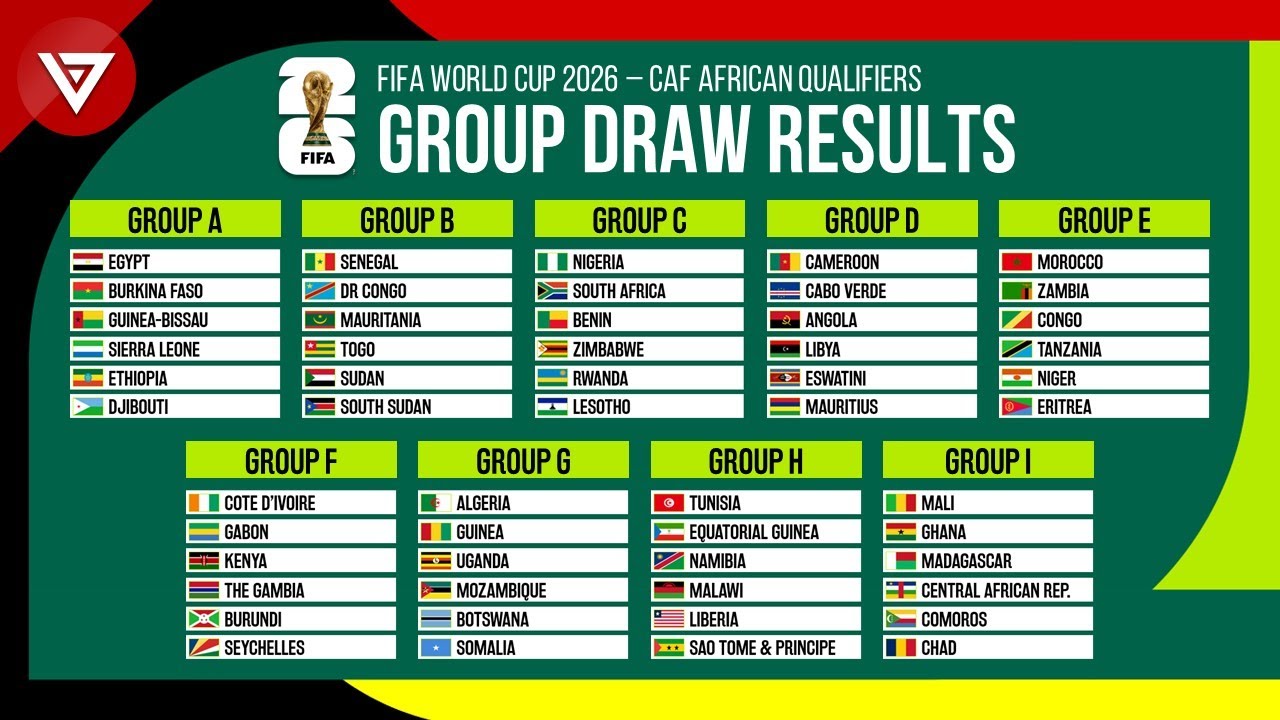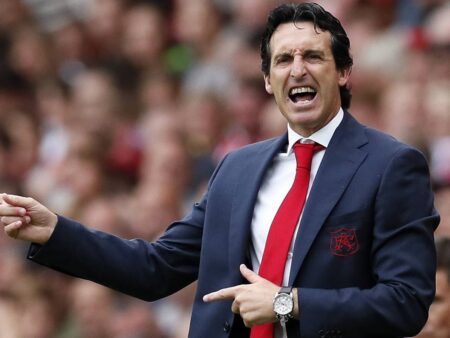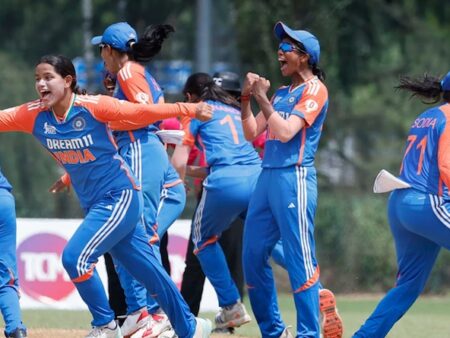
With the next FIFA World Cup in North America drawing ever closer, taking stock of the global football landscape and identifying potential contenders is a timely exercise. Approximately one year out from the tournament`s crucial knockout stages, recent analysis provides an early snapshot, ranking national teams based on their current form, talent pool, and perceived potential for the unique conditions of a North American summer tournament. Host nations USA, Canada, and Mexico are already guaranteed their places, providing a foundation for the discussion.
At the very top of this early assessment sit familiar powerhouses widely expected to contend for the sport`s ultimate prize. Spain is highlighted, emphasizing their tactical control facilitated by midfielders like Pedri and Rodri, combined with the attacking flair of players such as Lamine Yamal. This control is deemed crucial for success in the anticipated heat. Defending champions Argentina remain formidable, having navigated qualification effectively and showing they can perform decisively, even with a reduced dependency on Lionel Messi. France, possessing what is described as a “terrifying” array of attacking talent, including Ousmane Dembele, is seen as a major threat, with strategic deployment being a key factor.
Just behind the top tier are several nations with strong credentials but varying recent trajectories. Brazil boasts elite talent across the pitch but is noted for often appearing less cohesive than the sum of its parts, awaiting a consistent conductor. Portugal, fresh off a Nations League victory over tough opponents like Germany and Spain, has demonstrated tournament-winning capability, integrating veterans like Cristiano Ronaldo with emerging young stars. England, under new technical direction, seems focused on preparing for knockout intensity, even if their starting lineup retains elements of flux – a challenging yet enviable position to be in.
The ranking continues to highlight diverse strengths and weaknesses across continents. Germany faces questions regarding squad balance, particularly in forward positions. The Netherlands impresses with a talented midfield core and potential for deep tournament runs. Uruguay shows flashes of brilliance under their current system but needs greater consistency. Morocco, semifinalists in 2022, appear to have strengthened further and are currently on an impressive winning streak, positioning them as serious contenders from Africa. Norway, should they navigate a potentially tricky qualification path after a long absence, is surprisingly tipped as a `dark horse,` possessing truly world-class attacking talent in Erling Haaland and Martin Odegaard, surrounded by solid European league players – a prediction daring enough to be made before qualification is even secured.
Moving into the middle sections of the ranking reveals teams with specific strengths or ongoing transitions. Italy, a nation with rich World Cup history, is noted to be in a period where attacking depth appears somewhat limited compared to previous eras. Japan and South Korea are identified as Asia`s top representatives, with Japan particularly praised for tactical acumen and potential to reach the quarterfinals. Ecuador from South America stands out for an exceptionally strong defensive record in qualifying, built around players like Moises Caicedo. Croatia, the perennial overachievers, continue to defy expectations, maintaining a pattern of excelling at the World Cup despite sometimes underwhelming European Championship performances.
Focusing on the host nations, the analysis presents distinct prospects. Mexico, having experienced a notable revival recently and securing Gold Cup success, is seen as benefiting immensely from the home advantage. The atmosphere generated by Mexican crowds is expected to be among the most fervent of the tournament, and combined with a favorable draw as hosts, El Tri is projected to have a realistic opportunity to reach the quarterfinal stage, mirroring past hosting performances.
The United States Men`s National Team (USMNT) is ranked slightly lower in this assessment, placed outside the top 20 and specifically behind co-host Mexico. The analysis acknowledges that this generation of USMNT players is arguably the most talented the nation has ever assembled. However, a key point of distinction raised is the perceived lack of a true `superstar` – the kind of player capable of unilaterally deciding tight knockout matches, a quality attributed to many higher-ranked sides. It is suggested that while several promising players were expected to elevate their game significantly after the 2022 World Cup, this `leap` to elite global status hasn`t fully materialized across the board yet. This factor is presented as a potential `hard ceiling` on the team`s ultimate capabilities, even accounting for the significant advantages conferred by hosting the tournament and receiving a favorable draw. It seems the question remains whether collective talent can overcome the absence of that singular, transcendent individual brilliance when the pressure mounts.
Other teams mentioned include various African contenders navigating a challenging qualification process, such as Ivory Coast (AFCON holders facing tough group dynamics) and Senegal (possessing a strong squad but needing to secure qualification). Nations who have already qualified from Asia like Iran, Jordan (debutants showing impressive form), and Uzbekistan offer different profiles, from seasoned tournament participants to rising forces aiming to make an impact. Teams from other regions, such as Panama (likely to qualify and showing good recent form) and New Zealand (whose assessment is challenging due to less demanding qualification opponents), round out the picture, highlighting the diverse set of teams converging on North America in 2026.
Ultimately, this early power ranking provides a structured look at the current standing of national teams, offering insights into potential favorites, dark horses, and the specific challenges and advantages faced by the host nations. The road to the 2026 World Cup is long, and the dynamic nature of international football means this snapshot will undoubtedly evolve, but it serves as a compelling starting point for assessing who is best positioned to lift the trophy.










